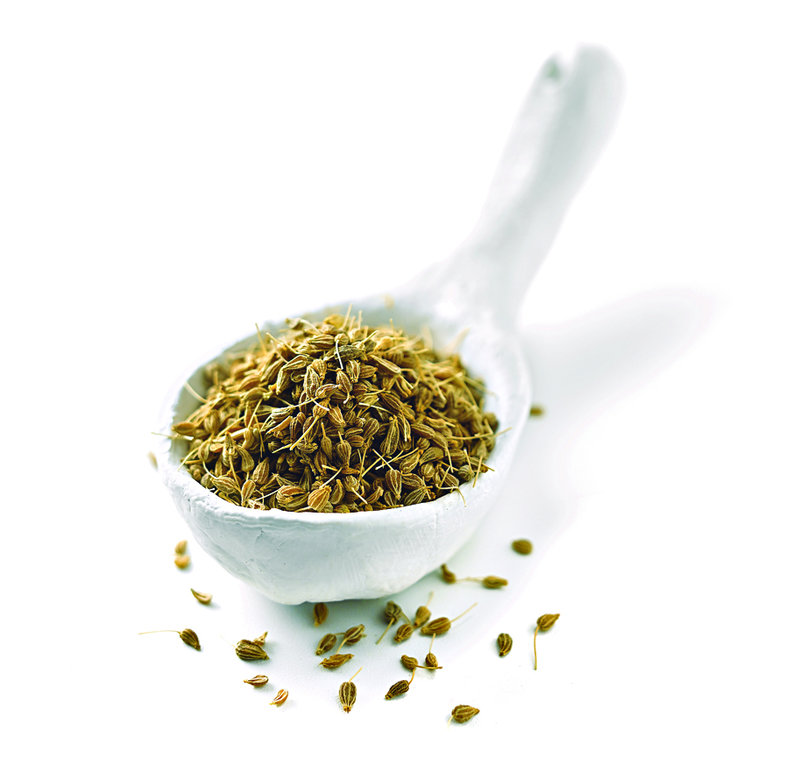Basket
Text: CUINA MAGAZINE Photo: Anna Garcia Frigola
The spice of life
Anise is one of the star ingredients of Catalan sweets, pastries and liqueurs
In the Christian calendar, the run-up to Easter is known as Lent, and in Catalonia one of the star products of this time of year are the sweet fritters known locally as Bunyols de Quaresma. However, this traditional pastry would not be the same without a key ingredient that finds its way into a great many desserts in the Mediterranean area: anise. Also known as aniseed, the spice that comes from the seeds of the anise plant has a strong, distinctive taste and aroma and is used across the region, including in Arab areas, to add flavour to a wide range of foods and beverages.
Known as anís or matafaluga in Catalan, anise was used by the Romans as a digestive after feasts in the form of spiced cakes. It was later integrated into the Arab pharmacopoeia and used to perfume the distillates that gave rise to aniseed liqueur, before finally being introduced into Europe around the 14th century as an ingredient to spice up festive pastries.
The spice is also a key ingredient in Asian cuisine, where it is often part of spice mixtures and blends, such as curry or garam masala. The characteristic flavour of anise goes especially well with white meats, such as pork or poultry. However, in Catalonia it is still most often to be found in sweets and pastries as well as a variety of traditional alcoholic liqueurs.
Perhaps the most famous anise liqueur in Spain is the iconic Anís del Mono, which is a registered brand of anise from the Catalan city of Badalona. Production of the liqueur began in 1870, and the product is perhaps best recognised by its label, which shows a monkey, reportedly with the face of Charles Darwin.

